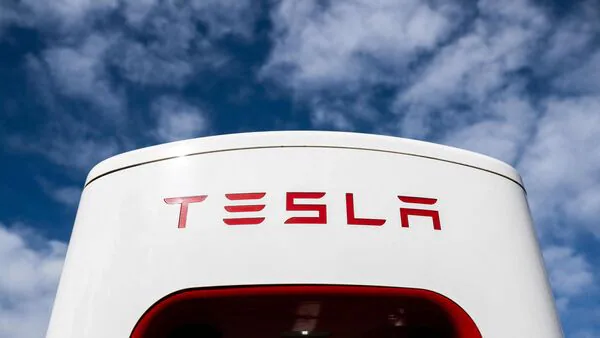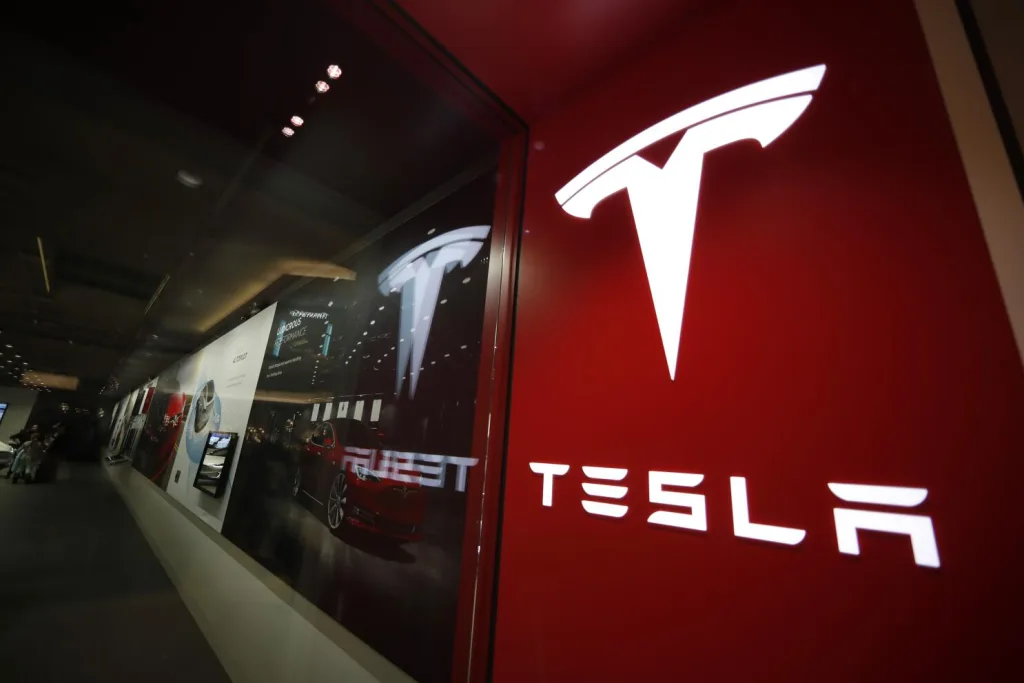In a stunning turn of events, Tesla, once the darling of Wall Street, has seen its stock plummet, wiping out a staggering $584 billion in market value. This Tesla stock decline has sent shockwaves through the investment community, leaving many wondering: what’s behind this dramatic fall? Let’s dive into the four key forces driving Tesla’s stock car crash and what it means for the future of the electric vehicle (EV) pioneer.
Table of Contents
Tesla Stock Performance: A Deep Dive into Recent Trends

Tesla stock has experienced unprecedented volatility, with investors closely watching every market movement. As of April 2025, the company’s shares have dropped by a jaw-dropping 45% since their peak in December 2024. This decline has erased nearly all the gains made following Donald Trump’s election victory, marking a significant reversal of fortune for the EV giant.
To put this into perspective, let’s look at some key figures:
| Date | Tesla Stock Price | % Change |
|---|---|---|
| Dec 2024 (Peak) | $450 | – |
| Jan 2025 | $400 | -11.1% |
| Feb 2025 | $350 | -22.2% |
| Mar 2025 | $300 | -33.3% |
| Apr 2025 (Current) | $247 | -45.1% |
These numbers paint a stark picture of Tesla’s recent market performance, but what’s driving this decline?
Key Reasons Behind Tesla’s Stock Decline
- BYD’s Rising Dominance: Chinese EV manufacturer BYD has emerged as a formidable competitor, outpacing Tesla in sales and innovation. BYD’s aggressive pricing strategy and technological advancements, such as their new fast-charging battery system, have put significant pressure on Tesla’s market share.
- Declining Sales and Delivery Numbers: Tesla’s recent sales figures have disappointed investors. In Q1 2025, the company delivered only 336,681 vehicles, a 13% year-over-year decrease and well below analyst expectations of 370,000. This Tesla sales drop has contributed significantly to the company’s stock market challenges.
- Geopolitical Tensions and Trade Tariffs: The ongoing trade disputes between the U.S. and China have created uncertainty in the global automotive market. New auto tariffs introduced by the Trump administration are expected to disrupt supply chains and potentially increase vehicle prices, affecting Tesla’s cost structure and competitiveness.
- Elon Musk’s Political Involvement: CEO Elon Musk’s controversial political activities and public statements have led to a backlash against the Tesla brand. This has resulted in protests, boycotts, and even vandalism of Tesla vehicles and charging stations in some regions, particularly in Europe.
Tesla Sales Drop: Impact on Stock and Market Position
The recent Tesla sales drop has had a ripple effect across the company’s financial performance. In key markets like China and Europe, Tesla has seen significant declines:
- China: Sales fell by 49%
- France: Sales decreased by 26%
- Germany: A reported 70% drop in sales
These figures have raised concerns about Tesla’s ability to maintain its market leadership in the face of increasing competition and changing consumer preferences.

Analyst Commentary on Tesla’s Stock Decline
Wall Street analysts have been closely monitoring Tesla’s situation, offering varied perspectives on the company’s future. Here’s what some experts are saying:
- Dan Ives, Wedbush Securities: “Tesla is facing a perfect storm of challenges. We’ve reduced our price target from $550 to $315, reflecting the current market realities.”
- Brett Schafer, The Motley Fool: “While some predict a rebound, we believe Tesla’s stock could potentially decline further to $26, given the current sales trends and competitive pressures.”
- Cathie Wood, Ark Invest: “Despite current challenges, we maintain our long-term bullish outlook. Our projections suggest Tesla stock could reach $2,600 within five years.”
These diverse opinions highlight the uncertainty surrounding Tesla’s future stock performance and the company’s ability to navigate its current challenges.
Future Outlook and Expert Predictions
Looking ahead, Tesla’s path to recovery remains uncertain. The company faces several key challenges:

- Rebuilding brand perception in the wake of political controversies
- Addressing declining sales through product innovation and market expansion
- Navigating the increasingly competitive EV landscape, particularly against BYD
- Delivering on promises of autonomous driving technology and new product launches
However, some analysts remain optimistic about Tesla’s long-term prospects, citing the company’s potential in AI, robotics, and energy storage solutions as future growth drivers.
Conclusion
In conclusion, the Tesla stock decline serves as a stark reminder of the volatility in the EV market and the challenges facing even the most prominent players. As Tesla navigates these turbulent waters, investors and industry watchers alike will be keenly observing how the company adapts and evolves in the face of increasing competition and market pressures.


